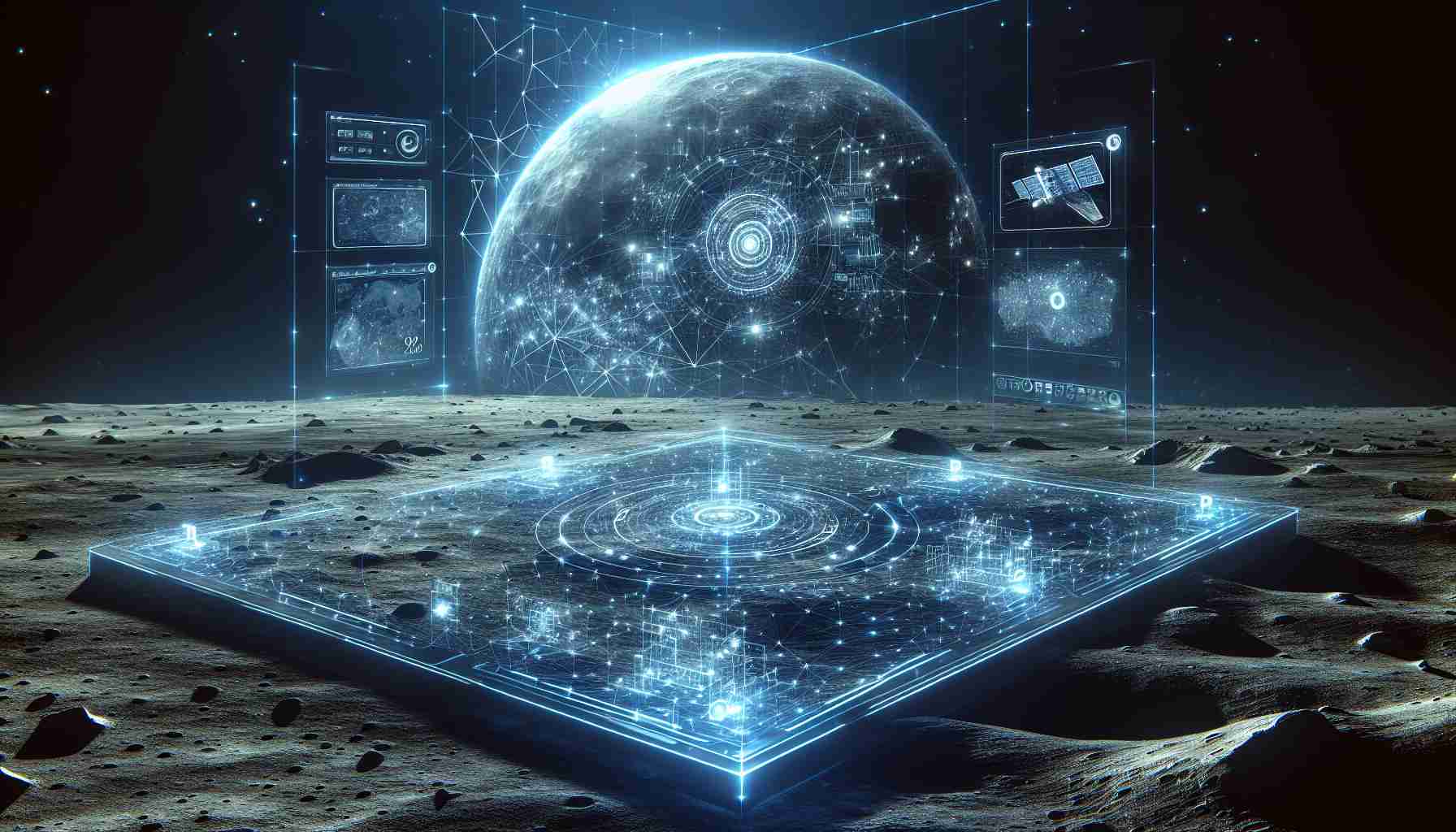Space-ng, a pioneering company co-founded by the experienced space industry figure Steve Bailey and robotics expert Ethan Rublee, is set to transform the way spacecraft navigate in space. The new AstroVision Cis-Lunar Navigation System is designed to enhance the autonomous operation of spacecraft, particularly as they journey to the Moon. This innovative optical navigation software is slated for use on Firefly Aerospace’s Blue Ghost lunar lander, expected to launch in the near future.
AstroVision leverages cutting-edge technology, featuring an array of advanced components including a powerful 8-core CPU and specialized hardware for image processing and artificial intelligence. It utilizes up to eight customizable high-resolution cameras, each strategically positioned to optimize tracking capabilities. This system addresses the challenges of navigating in environments devoid of GPS, allowing spacecraft to precisely determine their position without relying on a multitude of sensors from different manufacturers.
The integration of bright and dim celestial objects helps AstroVision deliver accurate navigation solutions while minimizing costs and development time. Not only does this system support scientific endeavors through high-quality imaging, but it also facilitates various automation processes, such as rendezvous and space situational awareness. With an open architecture, customers can tailor the software to their specific mission needs, paving the way for a new era in spacecraft navigation. For further details on AstroVision, interested parties can visit Space-ng’s website.
Exploring the Cosmos: Tips, Life Hacks, and Fascinating Facts about Space Navigation
As we stand on the brink of a new era in space exploration thanks to innovations like the AstroVision Cis-Lunar Navigation System from Space-ng, it’s an exciting time to delve into tips and life hacks related to space travel, as well as to uncover some interesting facts about navigating in the great beyond.
1. Understanding Space Navigation
Navigating in space is vastly different from navigation on Earth. For instance, traditional GPS systems cannot be relied upon in space because they require a network of satellites that are typically in Earth’s orbit. Instead, spacecraft use a combination of celestial navigation techniques, onboard sensors, and optical systems — like AstroVision — to determine their positions. Understanding this fundamental difference can greatly enhance your awareness of the challenges astronauts face.
2. Take Advantage of Optical Navigation Tools
Just as AstroVision employs multiple high-resolution cameras for precise tracking, you can use modern technology to enhance your own navigation capabilities. Apps that utilize augmented reality can help you orient yourself in unfamiliar places. Utilizing your smartphone’s camera coupled with GPS technology can improve your navigation, even on Earth.
3. Follow the Stars
Did you know that ancient mariners navigated by the stars long before GPS was ever a thought? If you’re looking for a unique life hack, consider learning the basics of celestial navigation. This skill could come in handy during power outages or in areas where modern technology fails. Familiarize yourself with a few constellations, and you’ll be able to find your way under the night sky.
4. Space Navigation is a Growing Field
The rise of companies like Space-ng represents the expanding sector of space navigation technologies. As this field grows, so will numerous career opportunities. If you are interested in STEM, consider pursuing studies in aerospace engineering, robotics, or astrophysics. These subjects are increasingly relevant in today’s job market and may soon lead to exciting roles in space exploration.
5. Engage in DIY Projects
Are you up for a fun challenge? Try building your own simple telescope or camera rig! Using affordable materials, you can create devices that can capture images of the night sky. This hands-on experience can offer you insights into the types of technology used in systems like AstroVision.
6. Keep an Eye on Future Missions
With the development of new technologies, many exciting space missions are on the horizon. Stay informed about upcoming launches, such as those involving the Blue Ghost lunar lander. Websites and news outlets dedicated to space exploration will keep you updated on the latest advancements and missions that promise to expand our understanding of the universe.
For more information on the transformative technologies guiding the next generation of space exploration, feel free to visit Space-ng.
In conclusion, as we look forward to the advancements in spacecraft navigation and the exploration of the cosmos, remember that knowledge and curiosity are your best tools—whether you are looking up at the stars or planning your next adventure here on Earth!
